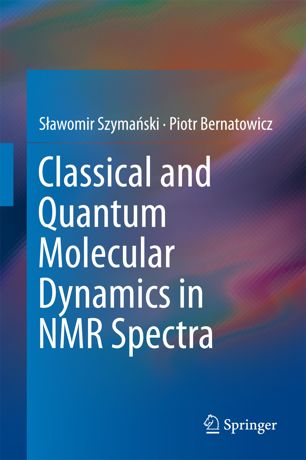

Most ebook files are in PDF format, so you can easily read them using various software such as Foxit Reader or directly on the Google Chrome browser.
Some ebook files are released by publishers in other formats such as .awz, .mobi, .epub, .fb2, etc. You may need to install specific software to read these formats on mobile/PC, such as Calibre.
Please read the tutorial at this link: https://ebookbell.com/faq
We offer FREE conversion to the popular formats you request; however, this may take some time. Therefore, right after payment, please email us, and we will try to provide the service as quickly as possible.
For some exceptional file formats or broken links (if any), please refrain from opening any disputes. Instead, email us first, and we will try to assist within a maximum of 6 hours.
EbookBell Team

4.8
34 reviewsThe book provides a detailed account of how condensed-phase molecular dynamics are reflected in the line shapes of NMR spectra. The theories establishing connections between random, time-dependent molecular processes and lineshape effects are exposed in depth. Special emphasis is placed on the theoretical aspects, involving in particular intermolecular processes in solution, and molecular symmetry issues. The Liouville super-operator formalism is briefly introduced and used wherever it is beneficial for the transparency of presentation. The proposed formal descriptions of the discussed problems are sufficiently detailed to be implemented on a computer. Practical applications of the theory in solid- and liquid-phase studies are illustrated with appropriate experimental examples, exposing the potential of the lineshape method in elucidating molecular dynamics
NMR-observable molecular phenomena where quantization of the spatial nuclear degrees of freedom is crucial are addressed in the last part of the book. As an introduction to this exciting research field, selected aspects of the quantum mechanics of isolated systems undergoing rotational tunnelling are reviewed, together with some basic information about quantum systems interacting with their condensed environment. The quantum theory of rate processes evidenced in the NMR lineshapes of molecular rotors is presented, and illustrated with appropriate experimental examples from both solid- and liquid-phase spectra. In this context, the everlasting problem of the quantum-to-classical transition is discussed at a quantitative level.The book will be suitable for graduate students and new and practising researchers using NMR techniques.